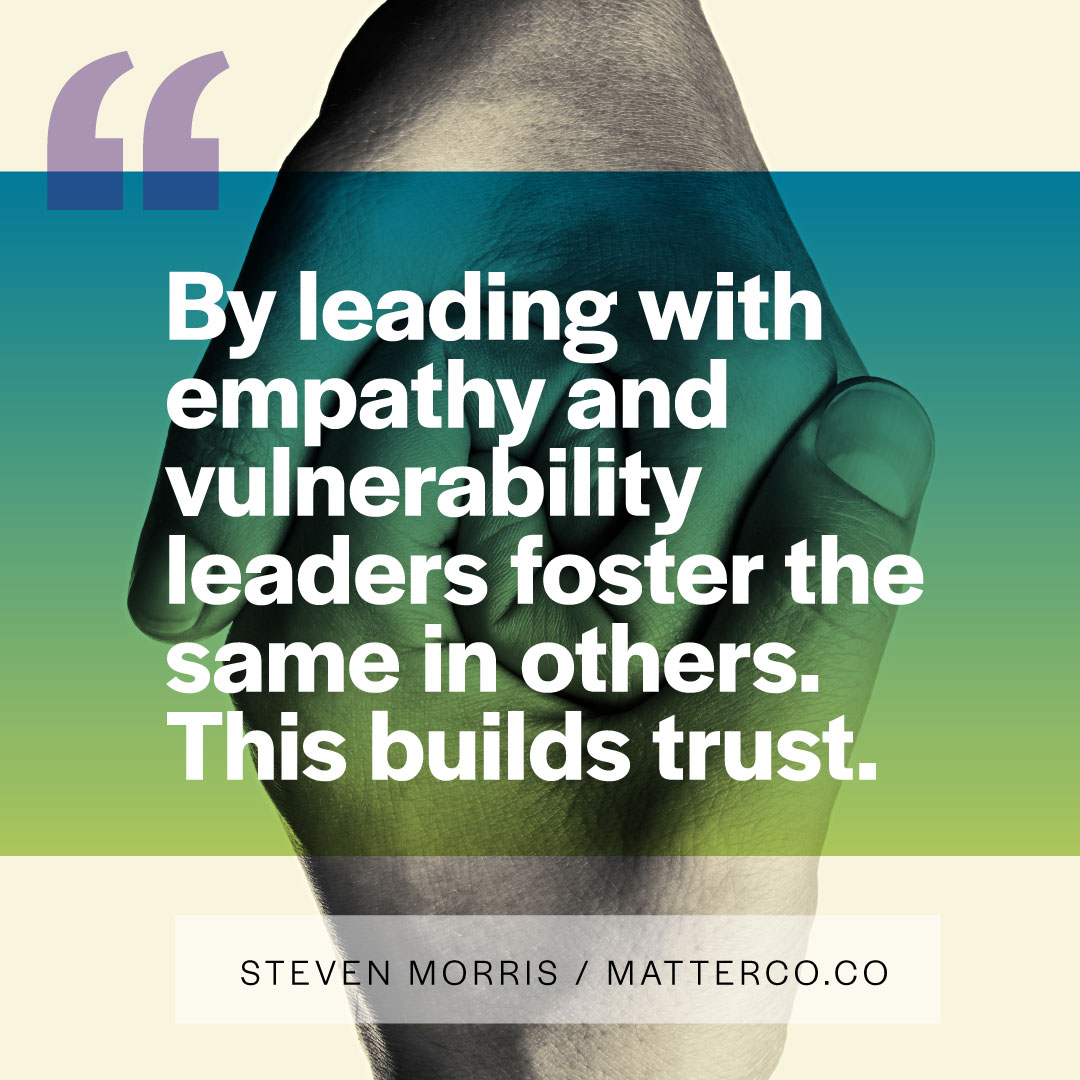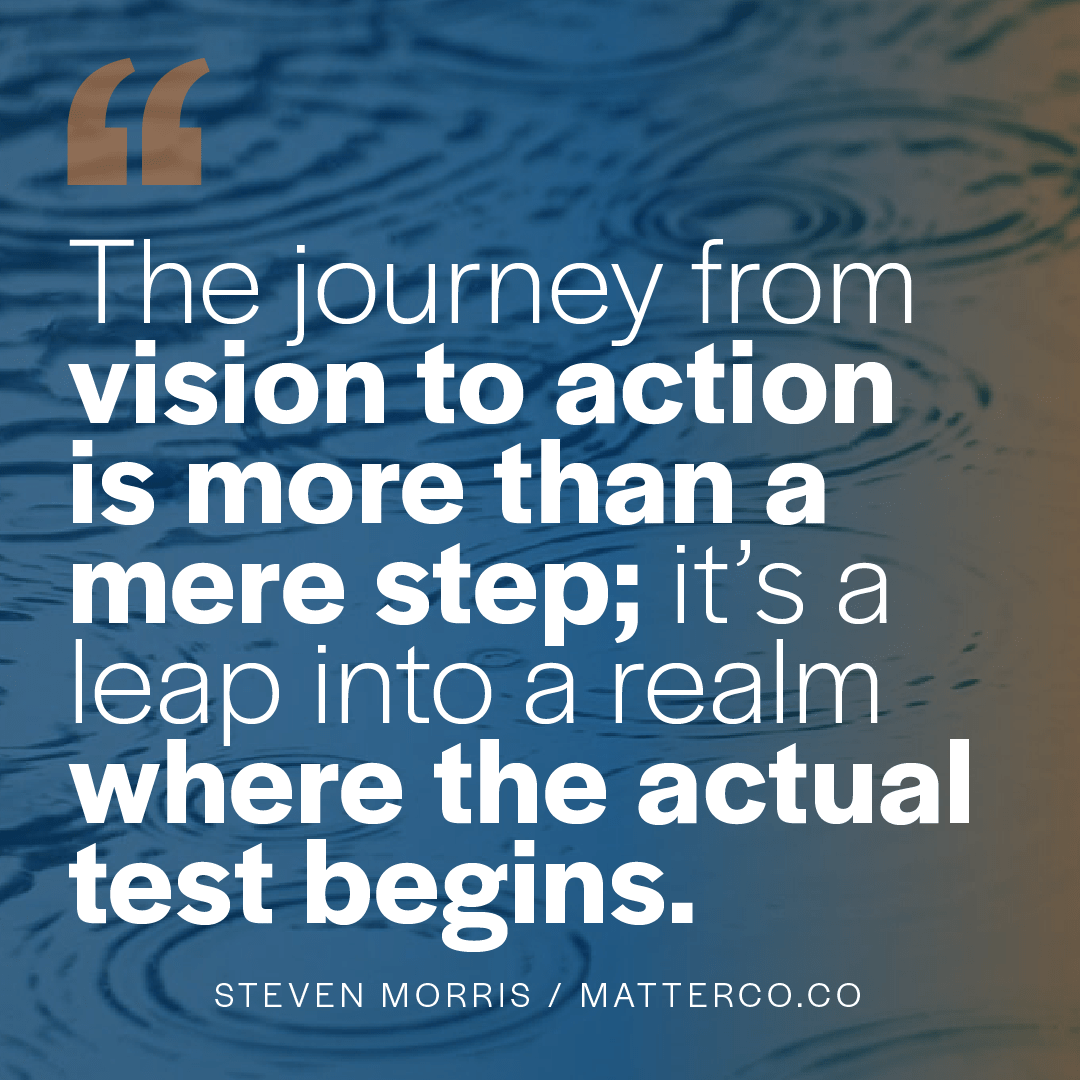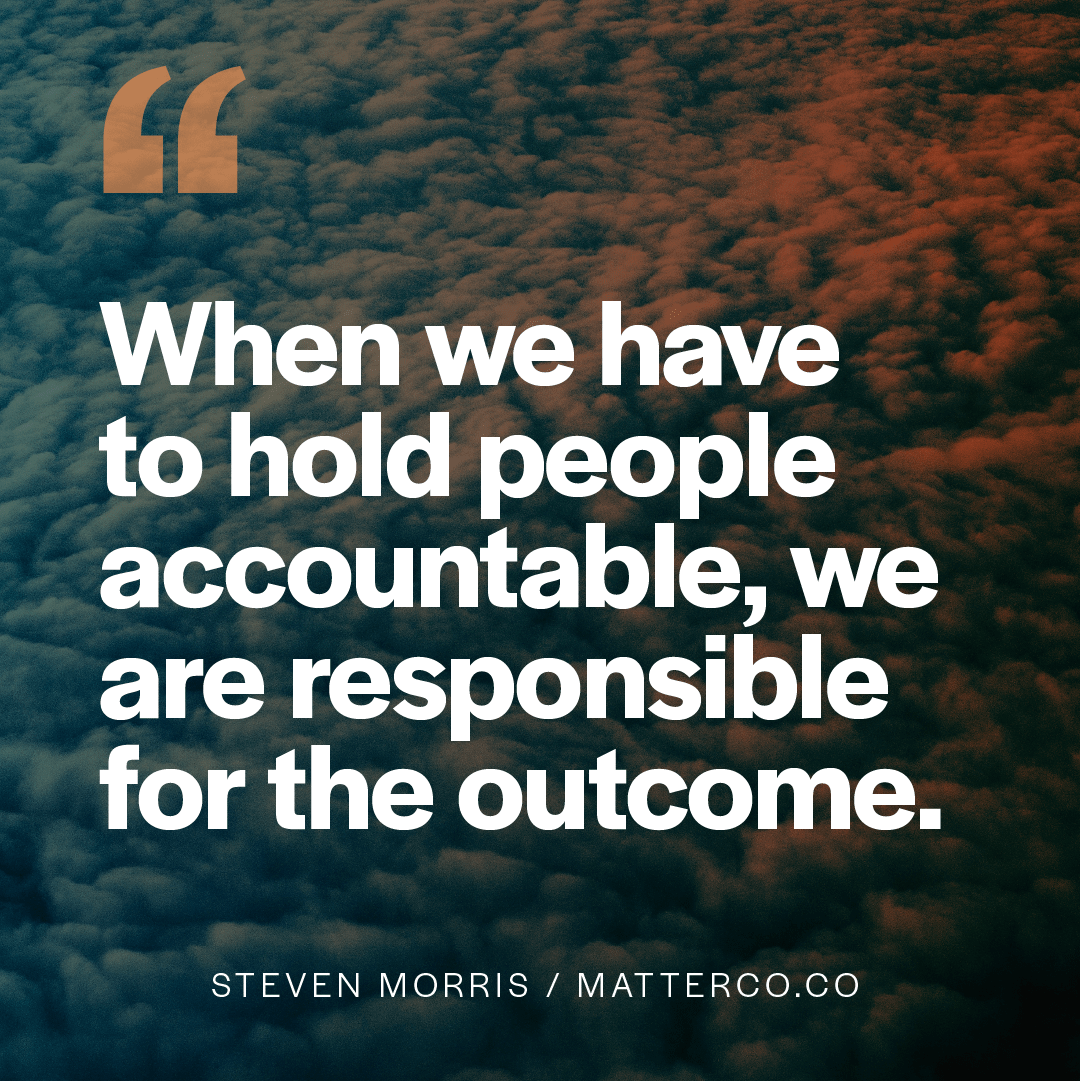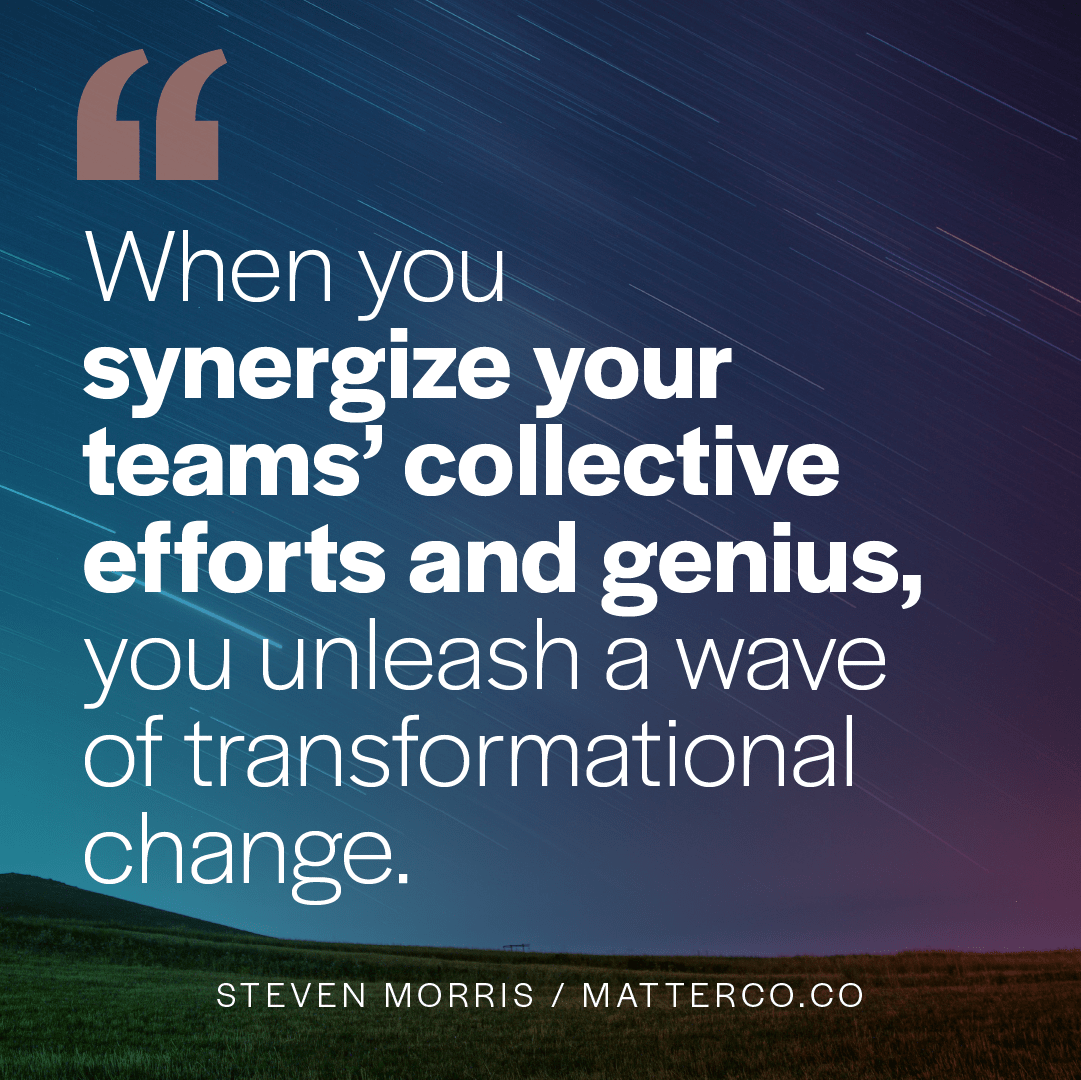
The Cost of Disengagement
I recently ran a virtual offsite for a leadership team that, according to the CEO, had “some communication issues.” After the first half-day of the offsite, I noted to the CEO in a debriefing conversation that four of his nine leaders “checked out” at one point or another over the course of the half-day. My observation was met with surprise by the CEO that some team members had disengaged from what he thought was an invigorating offsite.
Unfortunately, for this organization, trust is at the core of their issues, not just communication. Fortunately, there’s a remedy.
Maybe you’re thinking that this is standard for leaders to “check out” during an offsite. Sure, we all get a little (or a lot) burned out on Zoom, but that’s an excuse, not an explanation.
In the past twenty years, there has been quite a bit of research about the impact of employee engagement. Consultants and coaches work with teams and organizations to help them assess what’s working and what’s not working. The outside objectivity is valuable because it can reveal bright spots and remedy blind spots. Research shows that employee engagement has a financial and a productivity impact, as well as implications on the brand. This news isn’t new.
Why engagement matters.
What’s an engaged employee? Employees who are involved, enthusiastic, and committed are engaged, and according to Gallup, they outperform their disengaged co-workers by 400%. That sounds great for our productivity, efficiency, and effectiveness. Unfortunately, almost 70% of your employees are not involved, enthusiastic, and committed!
Suppose your company’s productivity is a metaphor for baking bread.
Your oven is your employee engagement (productivity, efficiency, and effectiveness). Your turn your oven to 300° thinking that will do the trick. Unfortunately due to low employee engagement, your oven is only operating at 30% efficiency, so the bread won’t get baked. At least not fully or it will take 3 times longer. You’ll end up with a poorly produced product that no one will want and was 3 times more expensive to produce. Or, your engaged team members will work 3-4x harder to compensate for your disengaged team members to get the desired result.
Research from Gallop shows that employee engagement has a direct financial impact, both top, and bottom line. Of course, engagement has impacts on company growth, quality control, and on the brand in the form of customer experience. For instance, think about how customer service (good or bad) colors your view of the company.
Where disengagement comes from.
Lack of trust among leadership teams is toxic to the entire organization. When unaddressed it becomes the norm. Without trust, team members won’t have the ability to be vulnerable, engage in healthy debate, create consensus, think creatively, or hold and be held accountable for actions and goals. Without trust, teams fall apart.
Fully engaged and tuned in leaders can recognize the early warning signs of disengagement, hopefully before significant turnover starts to happen and employee costs skyrocket.
The Remedy.
A fully engaged leader recognizes the signs of fading connections. When a leader approaches their work with wholeheartedness, they are “all in” in the creative, regenerative, and productive process of leading. In order to do great leadership, a leader must be in the mindset of leadership. By being in the mindset for effective leadership, the leader must have a high degree of emotional intelligence and self-awareness.
And it doesn’t hurt to have a leadership mindset of service—service for the team and how that team serves the company.
Leaders must see themselves and their teams as a work in progress—purposefully getting on with the work that matters. Leaders can’t lose sight of the need for constantly building trust amongst their team. By leading with empathy and vulnerability, again, you foster the same in others. This builds trust.
Trust-building is the remedy for disengagement. The threshold to trust-building lies in self-awareness, empathy, humility, and clarity around the value system that bonds the team together.
There a many forces that can distract you from the highest vision of what you and your team can be. Resist the distraction! By investing in yourself and your team, long-term engagement dividends will come.
If you want a more trusting team, a culture of belonging or a magnetic brand that attracts more of the right customers, I can help. If you'd like to explore if working together makes sense, drop me a line.







